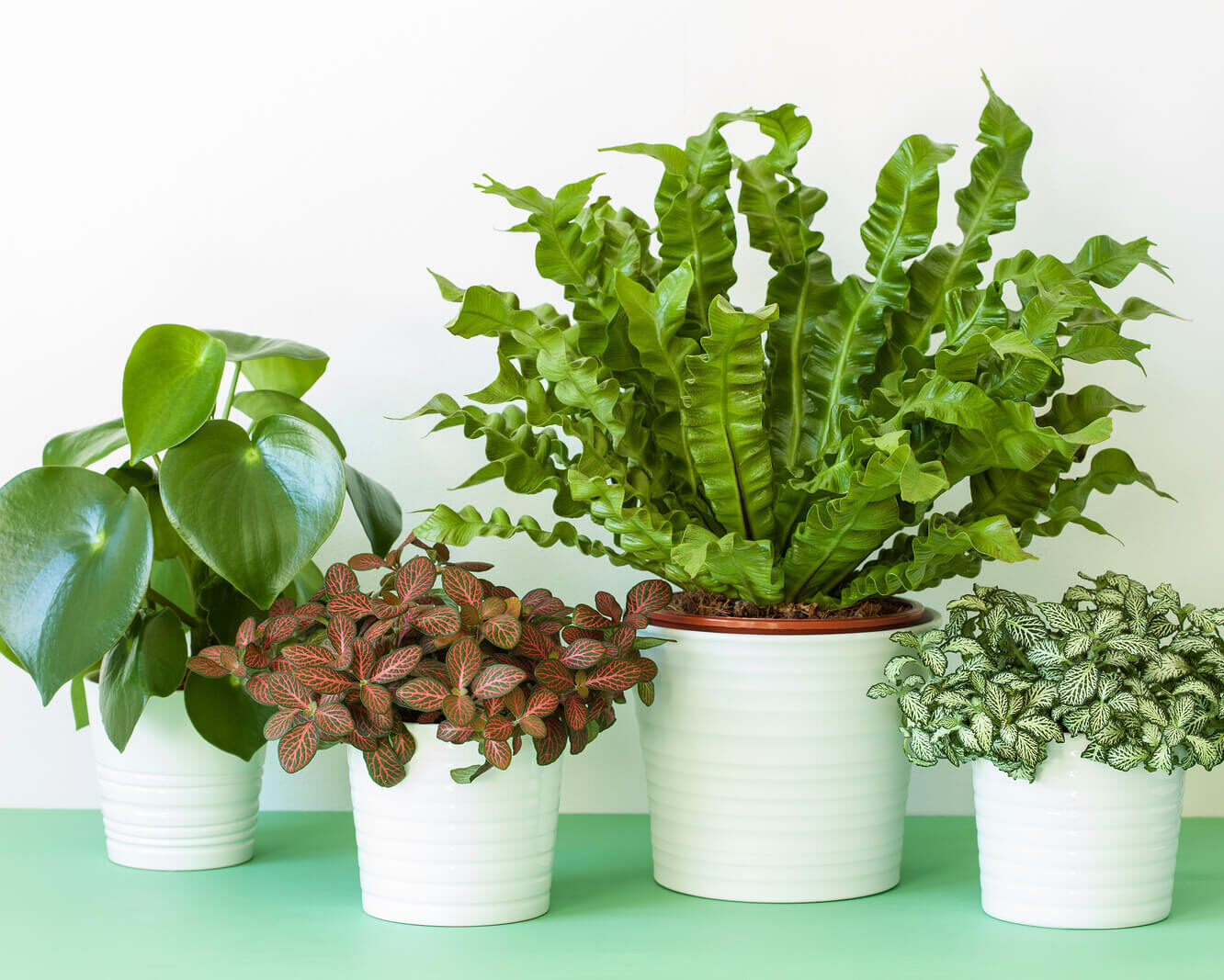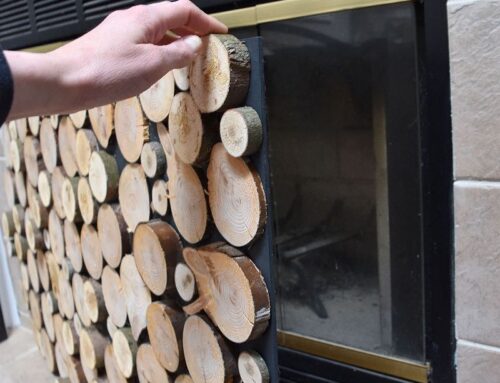Even though a plant may look like it has expired, the root system may be healthy and waiting for an opportunity to grow new, green shoots. These steps will help you identify when a plant can be saved and how to do it. You’ll need some fertilizer, hydrogen peroxide, and some scissors.
The first step is to trim away anything that looks like it is in decline or has died off. Fading or dried out leaves and soggy or brittle stems can be removed. Trimming a plant can stimulate hormones that will activate new bud sites. If everything above the soil is dead but the roots are alive, then trim back the foliage but leave about 5cm of stem. This will become the scaffold for new growth.
Next, you get to play plant doctor and diagnose the problem. If the soil is completely dry then the problem is likely underwatering. The solution is easy: add water with a half-strength of fertilizer. If you have difficulty remembering to water your plants, there are self-watering devices that will drip moisture into the soil over a month or so.
If the leaves are yellowing and dropping then the problem might be overwatering. You will probably need to repot it in order to start the regeneration process. Consider a looser potting mix that drains better as sandy, dense soil will hold water.
Roots can be strengthened by adding 10% hydrogen peroxide to the water. Peroxide decomposes to oxygen which is good for the roots. It also kills bug larvae, mold, and mildew.
Light is essential for a plant. If you live in a condo, it may be difficult to grow plants in the darker areas. Rotate them on a weekly basis so that they all have a dose of extra light near the windows. An LED plant light can be helpful and they are inexpensive to leave on for 16-18 hours a day. These are especially helpful in the winter. If your plant is looking wilted and weak but is still green, it’s probably getting too much direct sunlight. Move it away from the window and it will bounce back.
Pests like spider mites and fungus gnats will drain the vitality from a plant. Mites will leave tell-tale webs near branch intersections and may appear as black dots on the stem. Fungus gnats hatch from unsterilized potting soil. You may notice small swarms of them near window ledges in the morning. The easiest way to deal with them is to put the plant outside for a couple of weeks and keep it watered. The gnats will hatch and fly away before they can reseed the soil with eggs. Keep them at bay by watering from the bottom as they need moist soil to reproduce.
With just the right amount of light and moisture, your plants will thrive!
Contact us for housekeeping services in Collingwood, including watering your plants.






